HTC One max Review - It's Huge
by Brian Klug on October 28, 2013 10:00 AM EST- Posted in
- Smartphones
- HTC
- Mobile
- One
- Snapdragon 600
- Android 4.3
- One max
The One max joins a small but growing list of phones that include a fingerprint scanner for unlocking the device. I’ll leave the discussion about whether fingerprints are fundamentally usernames or passwords for another day, but fingerprint scanners seem to be in vogue right now for mobile phones. You could make the case that the perceived increase in security that comes with fingerprint scanners is both an enterprise or consumer play, again I’ll leave that philosophical discussion for another day. I remember the Motorola Atrix and its fingerprint scanner being a big deal a while ago, since then we’ve had the iPhone 5s dramatically reintroduce the fingerprint scanner and now the One max follow suit.
The One max fingerprint sensor is a swipe type, meaning there’s some kind of strip sensor inside that you swipe your finger across. Sliding your finger over this strip allows the module to scan a 2D region and extract features that are then used to identify a fingerprint. The One max hides this scanner inside a black square that’s slightly recessed on the back of the device, just beneath the camera. I’m reminded somewhat of the LG G2 and its rear-mounted power and volume buttons which also sit just beneath the rear-facing camera. Perhaps that’s a missed opportunity for LG, which could have also gone with a swipe type sensor in its power button. On the One max anyhow there’s no button, just the sensor. Although the fingerprint sensor is recessed slightly, it’s somewhat difficult to locate with just one’s index finger, something that results in inadvertent smudging of the rear-facing camera cover glass, something that didn’t happen as much with the G2 because there’s a larger lip and easily locatable bump.
The placement of the fingerprint sensor makes sense given that of the power button. As stated earlier for right handed users this means your index finger sits naturally near the sensor if your thumb is on the power button. Since the fingerprint button still requires activation to unlock the One max, you still need to press power to turn it on before you can swipe your finger and finally unlock it. I find myself wishing the fingerprint sensor was itself a button, something like the iPhone 5s, so unlocking could be as simple as pressing and swiping with the same finger. On the iPhone 5s the best activation pattern is pressing the home button and leaving the finger in contact with the button.
Setup requires you to set a passcode, after which a few training swipes trains the sensor for the finger you’ve chosen. Although the animation that plays shows the finger aligned along the long axis of the phone, for greater accuracy I trained the One max with my finger at the angle it would naturally be given my thumb on the power button. The only requirement given the swipe sensor is that the slide motion is straight down and not skewed.
The One max fingerprint sensor allows for up to 3 fingers to be paired, each able to either unlock or have the option of both unlocking and launching an application. I like the idea of fingerprints as shortcuts, something the iPhone 5s implementation lacks, but three fingers seems like a curiously low number given the ten digits humans have to work with. On the other hand, the placement of the button really limits you to middle and index fingers being viable options. In terms of functionality, although Apple doesn’t yet use fingerprints as shortcuts, Apple does use the fingerprint scanner to authenticate iTunes, iBooks, and App Store purchases, something HTC can’t quite do with the One max for Google Play purchases, at least until Google makes an API for it.
I initially trained the fingerprint sensor with my index finger being swiped straight down, and had some issues with unlocks requiring multiple swipes. Doing finger enrollment and training at an angle closer to how I actually swipe it naturally (at an angle) made the accuracy better, but the reality is that unlocking the One max still requires multiple tries more often than not. There isn’t much processing latency after a scan, but I had hoped the One max sensor would be tap and hold rather than swipe given its shape. I’m not clear what suppliers are involved for the sensor, but I’m told the One max also securely stores just the extracted features and not the fingerprint images (which is a no brainer). I haven’t delved much into the infrastructure used to secure the fingerprint features yet either. I’m also not sure whether the One max learns additional parts of the finger which wasn’t part of initial training the same way Apple’s does.
Although I don’t think anyone has totally nailed the fingerprint sensor yet on a device, the One max implementation definitely is further from perfection than Apple’s. Although it does work reasonably well, it still isn’t the transparent kind of convenience that I feel will compel users who ordinarily wouldn’t have to used a passcode to go and use the fingerprint scanner. I’ve continued using the fingerprint scanner on the One max, however.


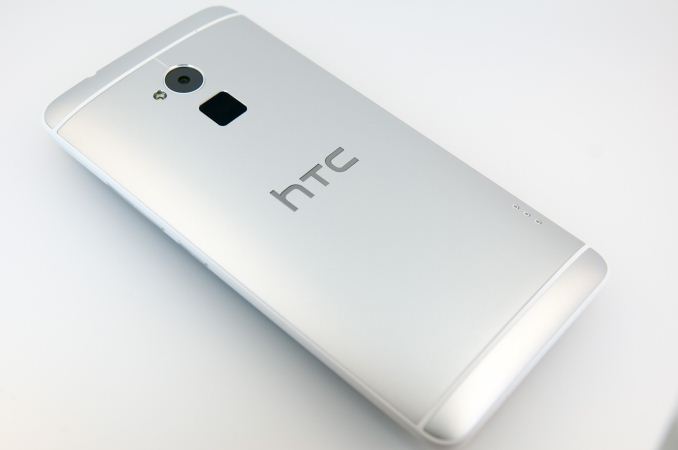
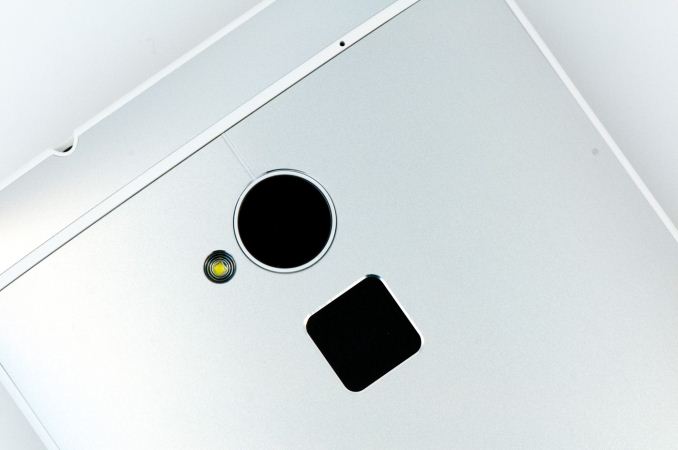
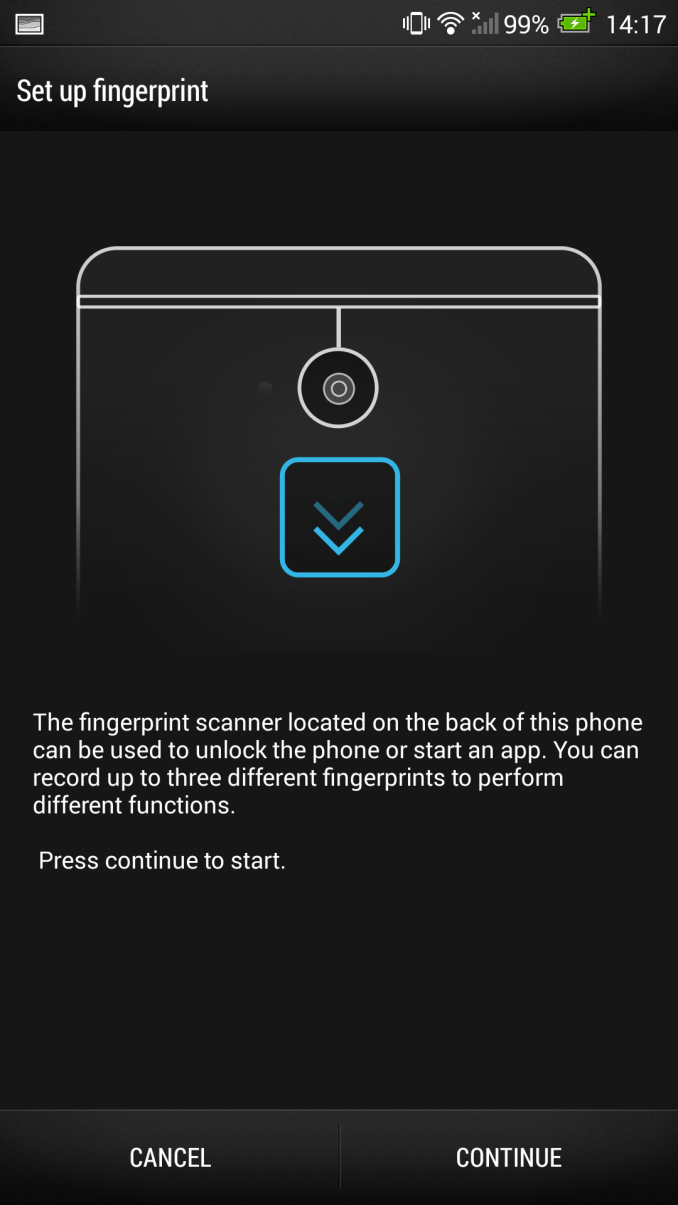
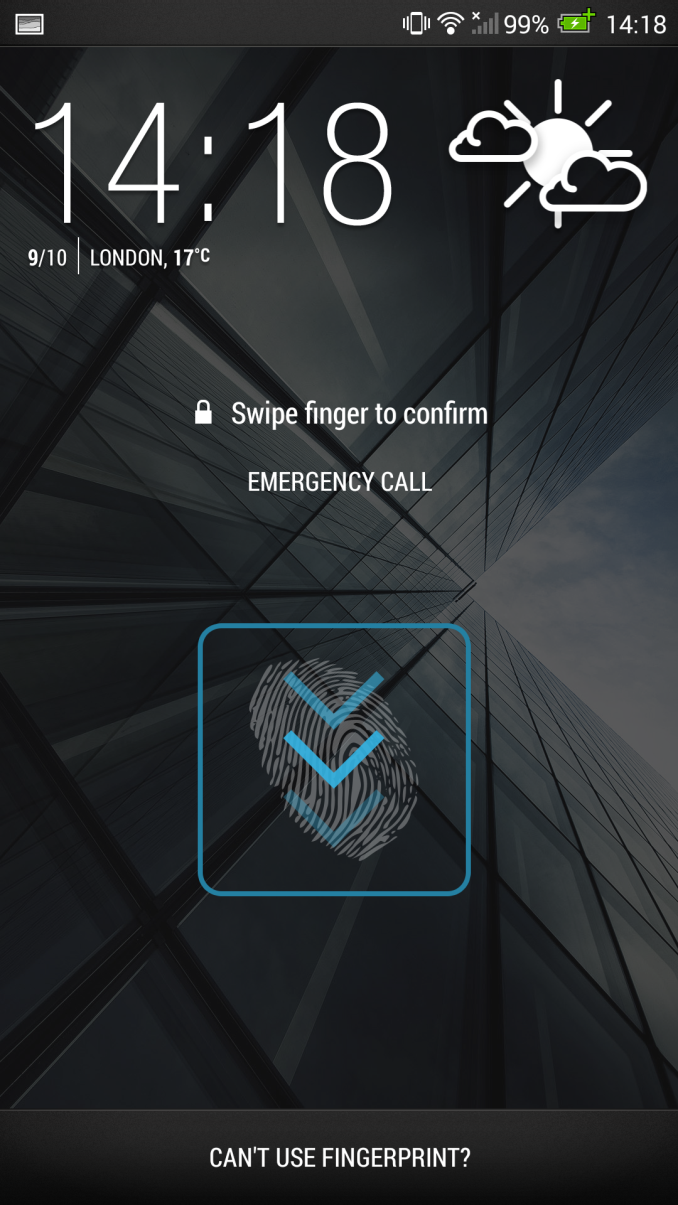

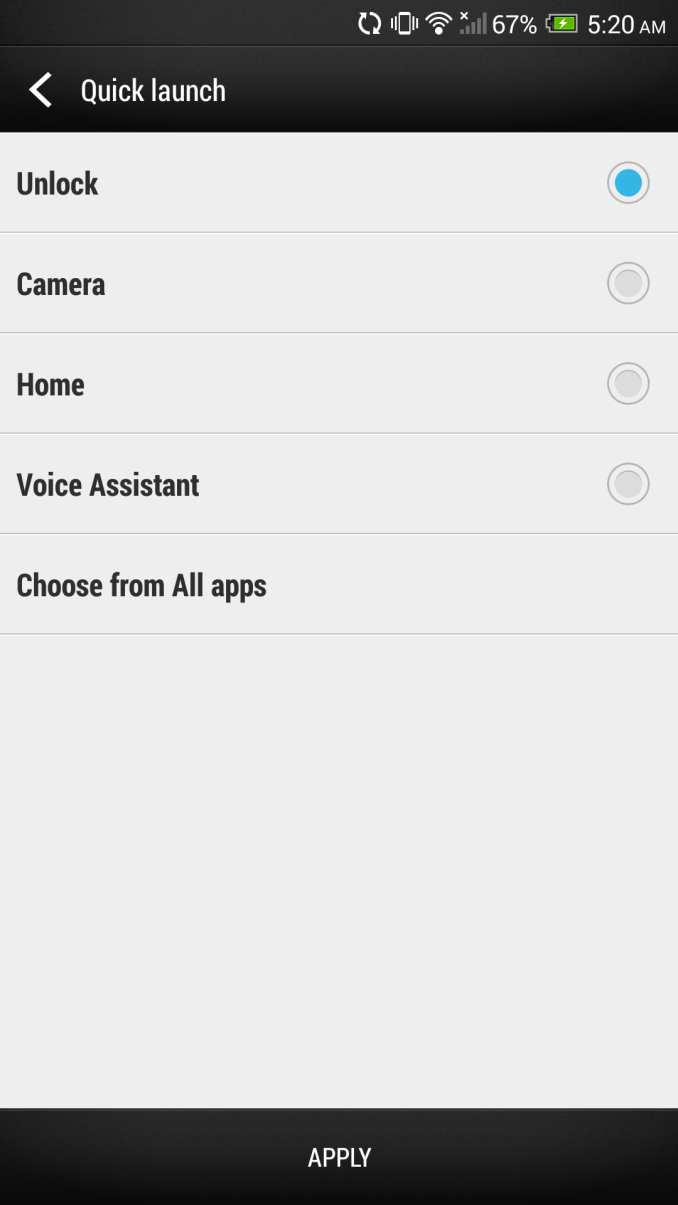








197 Comments
View All Comments
whatsa - Sunday, November 3, 2013 - link
Yes I have to admit brian has some odd perspectives at times.I find it easier when I remind myself that
" Es not the Messiah! - Es just a naughty naughty BOY!"
Impulses - Monday, November 11, 2013 - link
I could see something like Meenova's reader coming a mile away once USB OTG support became common place... I'm just surprised it took a Kickstarter campaign to make it a reality, and that it isn't more popular given this apparent need for removable storage amongst enthusiasts.I also thought we'd see USB OTG flash drives before we saw a USB OTG reader.... Though I guess it wouldn't be much smaller since you can't hide the flash memory inside the male connector itself like some of the full size USB microSD readers do.
UltraTech79 - Sunday, November 10, 2013 - link
Stupidly large.jshsimpson1 - Friday, November 15, 2013 - link
most note users do use their pens. I have the note 2 and the spend in one of the reasons I bought it among it being awesome. I love snote and I use it alot. I have a flip case which turns into a stand so that is useful for writing.fokka - Monday, December 9, 2013 - link
in the chart comparing the one/mini/max on the first page the mini is stated to have 4x krait 200 cores. as i understand, the mini is dualcore only and looking at the info on this page http://www.qualcomm.com/snapdragon/processors/400i believe it uses krait 300 cores because it's clocked at 1,4ghz.
hangfirew8 - Tuesday, December 17, 2013 - link
As always I really appreciate the depth and clarity of Brian's reviews. I've noticed one thing really missing from all, and perhaps that is because review hardware simply doesn't come with this accessory- car docks are not mentioned. After struggling with a poorly implemented car mode on the HTC Thunderbolt, I am very curious how well it works with the HTC dock. After all, one really good reason to buy a phablet over a normal size phone is that a phablet is the ideal form factor for a satnav app running docked. (Another good reason is to ditch a separate e-reader and just carry one device, not really a flaw in the review but this isn't really mentioned. I'm sure many buyers have this in mind when they buy that really, really big phone.acruhl - Saturday, April 12, 2014 - link
Sorry, I haven't read all posts. I liked the review for the most part. And I see someone was in Tucson to take the video, cool. I'm in Tucson.The HTC one max is my first smart phone (!) and I've been around since the early 70's. I got away with a pay as you go phone and an ipod up until now.
I wanted a bigger phone that could be used more like a laptop in a pinch for a new job I'm getting. I might need a keyboard for cli stuff, and using something like VNC is easier on a bigger, higher resolution screen is better.
For me, lots of this nitpicky stuff doesn't matter. I wanted a high quality, large screen and something I could hold onto reasonably well. The Mega doesn't have the screen quality. The Note is built around the stylus which I won't use. The SD card slot helps because I want to store all 30+ gigs of my music plus a few more gigs of videos (work related) on the phone. Not possible with the internal storage and software build.
Can someone explain to me why CPU speed is so important on a phone? For my laptop/home computer, the only thing I need CPU for is games or if I need a virtual machine to get a certain type of job done. Otherwise, I can wait, it's not a big deal. Even the virtual machine using my CPU isn't a huge problem, I'm patient :)
Tech for tech's sake is not productive. I haven't needed a faster CPU in my laptop or home computer for years. Memory, sure :)
The deal breaker for me on this HTC is the rattling vibration feedback. Holy cow, what were they thinking? But I don't like the other big phones so I have to decide if I can live with it.